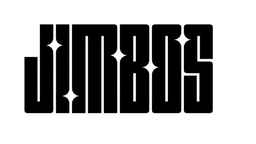Rotary vs DA Polishers: Which One Should You Use?
Choosing the right polishing machine is one of the most important decisions in paint correction. Whether you’re restoring a neglected car or doing a quick enhancement, the tool you use can make or break your results.
💡 What's the Difference Between a Rotary and a DA Polisher?
- Rotary Polisher: Spins in a fixed circular motion. It’s powerful and aggressive—but also more dangerous if you’re not careful. Great for cutting heavy defects fast, but can leave holograms.
- Dual Action (DA) Polisher: Moves in a random orbital pattern. Much safer for beginners, and great for one-step polishing and finishing. Less heat buildup, lower risk of burning paint.
🔧 Which One Should You Use?
Use a DA Polisher If:
- You're new to polishing
- You’re working on soft or thin paint
- You want a simple, safe process with minimal risk
Use a Rotary Polisher If:
- You need aggressive correction fast
- You’re experienced with machine control
- You’re finishing with a DA or coating after
🧪 Our Go-To Polish Works With Both
No matter which machine you’re using, the product you pair with it matters. Picture Perfect Polish works flawlessly on both rotary and DA polishers:
- Heavy cut on a rotary with a wool or microfiber pad
- Perfect finish on a DA with a foam or hybrid pad
- Zero dust, zero haze, and easy wipe-off every time
🎯 Pro Tip: Let the Tool Match the Job
If you're doing full paint correction on hammered paint, a rotary might save time. But if you're doing one-step enhancements, coating prep, or finishing—stick with a DA.
The combo of the right machine + Picture Perfect Polish will always give you pro-level results.
Want to see real-world polishing in action? Check out our full breakdown on YouTube.



